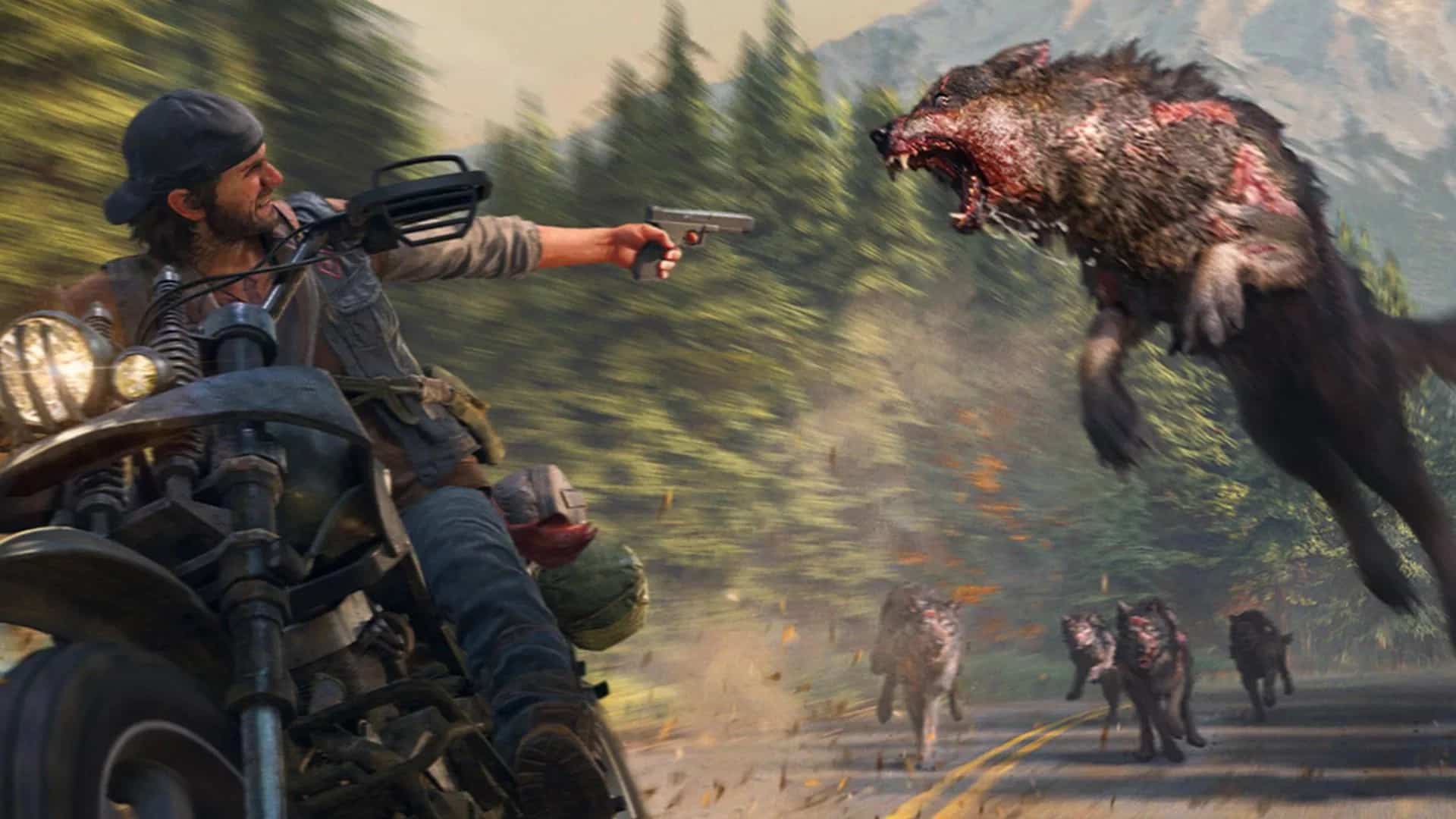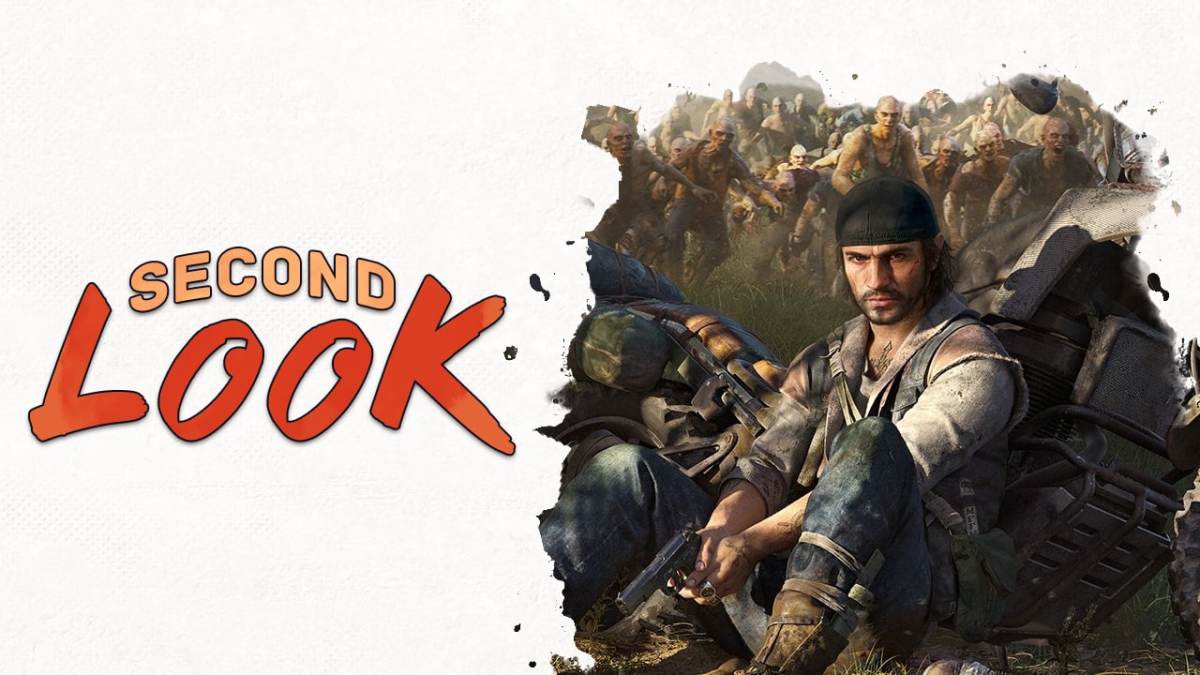Most modern Sony games don’t want you to ever fail, Knack notwithstanding. They often actively work in your favor on every level, behind the scenes. It’s all in service of giving you the illusion of struggle. Most of those sorts of games rely on narrative and perception to sell the experience. Meanwhile, Days Gone bets the farm on unrelenting gameplay, offering one of the most gripping, brutal experiences on PlayStation in years.
Bend Studio’s open-world survival horror game isn’t the typical sort of title Sony publishes these days. It’s not a prestige piece, humbly presenting its many stories in a casual manner. Can’t be about demonstrating technical power due to the frame rate hitches. It certainly isn’t made for everyone either, throwing you into the deep end to let you sink or swim. All of this is a risky strategy in the current market. Several games I’ve covered on this column don’t hold their players’ hand, and it hasn’t led to massive commercial success.
Stepping into the biker boots of Deacon St. John, you enter a world that’s well past the point of a Freaker (see: zombie) apocalypse having played out. Hiding out in Oregon, you and your buddy Boozer do odd jobs from various survivor camps as society slowly rebuilds itself. It’s less Left 4 Dead, more “Red Undead Redemption,” so you’ll face bandits and sadistic cultists as often as you do Freakers. One problem — it’s so far past the apocalypse that most people are running low on bullets. Modern manufacturing goes down in flames, and suddenly the stock runs dry. Go figure, right?
Now, you’ve still got handy baseball bats, table legs, machetes, and fire axes to smash in a bandit’s face with. You better plan on fixing them up regularly, because over two years of neglect hasn’t done any favors for keeping them in shape. I mean, sure, you’re a biker, so you could always run those pricks over, but then you’ve gotta fix your bike, especially if you fall into a roadside trap. Like the Freaker hordes that chase you like a surging flood, everything in Days Gone is aging and decaying. Nothing comes without a cost, and you can’t rely on any one thing if you expect to survive.
Out of ammo? Grab the nearest gun off the corpse of that thug who tried to ambush you. Sure, it might be a crappy shotgun instead of your pristine hunting rifle, but it’s got rounds in it, so start flanking the enemy! A horde of Freakers barrelling down on you is too fast for any gun to suppress, but a quick molotov can slow them down long enough that you can get to your bike. Stumbling into a bear trap might hurt like hell, but if you’re fast you can still move it to catch the bastard coming after hearing you scream in pain. Survival demands evolving with whatever situation you’re caught in. Refuse to bend, and you die.
This constant need to readjust extends to every element of Days Gone. While you want to be on good terms with all the friendly camps, the benefits of each will shift based on your needs. You can’t just play favorites, and you’ll need all the preparations you can manage. Many story missions are also wide-linear by design, placing prescripted goals amid a variety of options and factors to juggle. Planning ahead can save you a lot of trouble. Clear out a Freaker infestation in a town, and maybe a mission there later is that much easier with far fewer enemies. Find a new weapon to your liking and invested in an ammo pouch for your bike? You can pay the price to splurge and fill it to the brim, turning the tide if the mission’s turned against you.

What’s beautiful though is that these systems work so organically in the open wilds of Oregon that it can be easy to forget some encounters aren’t scripted. Be it a roadside rescue, ambush, clearing out Freakers, dealing out some post-apocalyptic cowboy justice on some bandits, or scouring government checkpoints for valuable materials, your choices are immediately tangible and meaningful. You react to the world, and it does so in kind.
I once had to run over a kilometer to grab a gas can for much needed fuel. The world kept thriving around me, becoming all the more dangerous. The itchy trigger fingers of bandits could set me ablaze if they hit my gas can. I couldn’t easily bash in the skulls of Freakers without risking dropping the gas can at the wrong moment: everything recontextualized with a single, vulnerable trek.
I suddenly had to relearn how to evade and counter enemies I thought I’d become familiar with. Over 20 hours in, Days Gone still had new things to show. That’s a testament to how powerful Days Gone is as a sandbox game. As promised in the game’s trailers, “This world comes for you,” and I wouldn’t have it any other way. Like Deacon, Days Gone might take some patience to love, but it’s worth it.






Published: Mar 5, 2020 11:00 am